Physical Address
304 North Cardinal St.
Dorchester Center, MA 02124
The amazing facts of the world
The amazing facts of the world

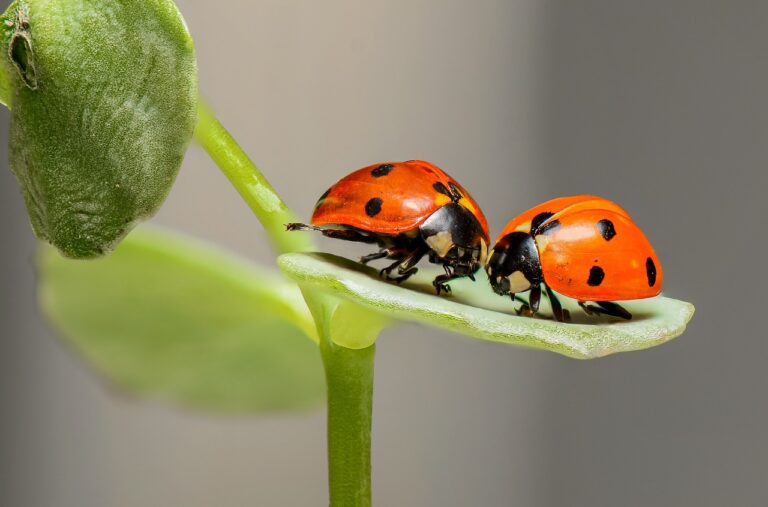
Like humans, animals also need Communication to survive. Many verbal animals communicate using sounds. But this post will discuss a strange topic, ‘Animals’ Communication Beyond Sound.’
Much scientific research has been done on non-verbal animal communication. Some facts have been published regarding what kind of creature can talk without making any sound, but many things are still shrouded in mystery.
The ways and facts about Animals’ Communication without Sound are surprising, engaging, and mysterious.
Table of Contents
ToggleHere are some interesting facts about these animals’ non-verbal communication systems. Let us enter into facts now.
To manage communication systems without sound, animals use microscopic sound waves, body movements, colour changes, chemical elements, light, etc.
Here we will briefly discuss the methods and activities of this type of Communication, which animals do it, how they do it, and what benefits they get; some interesting facts about this:
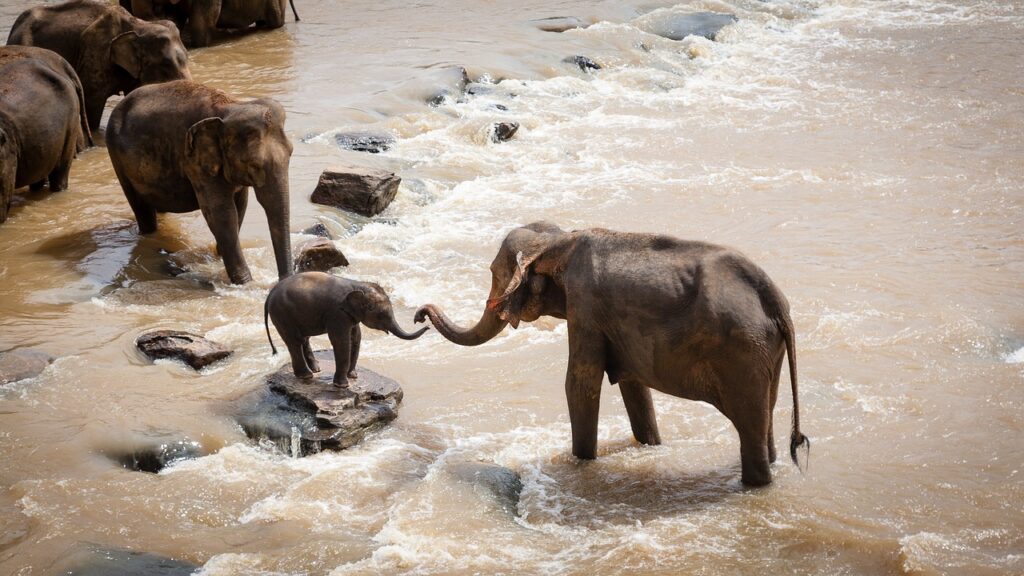
Many animals around the world use infrared waves to communicate. In this process, the animals do not have to shout; instead, their message is heard by the animals of the same species several kilometers away.
Infrasound is very low-frequency sound waves.
Depending on the speed and size of the frequency, sounds can range from zero to thousands of hertz. Humans can hear from 20 Hz to 20 thousand Hz, called human audio sound. Similarly, a sound above 20,000 Hz is used in medical devices as an ultrasound.
However, the frequency of sound the animal uses for Communication ranges from 1 to 20 Hz. Hence, this sound cannot be heard by the average human ear.
This types of sound waves are called infrasound.
Elephants are one of the most intelligent animals after humans. Furthermore, elephants are the largest land animals.
Elephants can communicate over long distances naturally because they use the infrasound sound process that humans cannot hear.
Elephants generally use infrasound between 14 and 20 Hz. The message transmitted through these sound waves can be heard and understood by another elephant several kilometers away, subject to atmospheric constraints or suitability.
Elephants are not the only animals that use infrasound to communicate.
Blue whales, the world’s largest animals, have been found to use infrasound in the ocean to send messages several kilometers away.
In addition, many animals, such as hippos, giraffes, crocodiles, and peacocks, also use infrasound to communicate.
It is also worth noting that the infrasound used by all these animals is of different frequency.
Animals use infrasound for specific purposes such as signaling danger, finding mates, maintaining social bonds, and coordinating activities.
Infrasound can travel long distances through air, even at the ground surface, making it practical for Communication even in dense forests and non-visible conditions.
We know that even if people do not speak, many things can be understood by looking at their body language. Reading a person’s body language can predict many situations, such as whether a person is happy, sad, angry, or sick.
Like humans, animals, and birds also use similar body language.
Animals give many important messages by displaying their bodies. Check out these interesting facts:
Bees have a sophisticated system for providing message exchange. At the same time, worker bees return to the hive when they discover a new food source.
They then perform complex physical movements to inform other companions about the food’s location, distance, and quality.
They also show their friends different types of dances, called Vagal dance.
Other bees observe the behavior presented in the waggle dance and find the correct facts about the quantity of that food source, the distance, direction, and path to reach it.
For example, if we keep a bowl of sugar in an open place, the number of bees will gradually start increasing.

Birds often engage in visual displays to convey messages; in other words, their body language is a strange art form.
For example, they use a variety of physical movements, dancing, wing displays, and aerial acrobatics for everything from communicating with potential mates and rivals to communicating with intimate partners.
The best example of this is the peacock. We can see that the male peacock starts dancing by flapping his feathers in a strange way to attract or woo the female peacock.
Birds like pigeons and doves are also ready to perform various physical displays when required.
Birds of paradise, found primarily in New Guinea and surrounding islands, are famous for their unusual courtship and marriage proposals, with various physical displays.
Male birds of paradise use displays ranging from complex dances to exaggerated physical movements to attract female mates.
These elaborate displays also provide information about the genetic fitness of the male bird and valuable information to females when selecting a male for mating.
Body language is a widely used communication system not only in wild animals but also in domestic animals. Domestic animals also learn body language from humans.
They can express their inner emotions by changing their posture, wagging their tail, shaking their head, showing various body movements, and changing their facial expressions.
For example, a dog can understand various messages by observing the movements of its paws, tail, and body movements. Cows are seen asking for food by shaking their heads.
We can see videos of elephants expressing delivery pain by continuously shaking their heads.
These are just some examples. The practice of conveying messages through this type of physical activity can be seen in many animals. This physical activity works without sound and further helps animals’ communication systems.
It is not new that animal groups use different types of chemicals to send messages when necessary. Study some of these examples.
Ants most commonly use chemical substances called pheromones to communicate with each other and organize Communication in their daily activities.
A pheromone is a chemical that can be detected or understood by the same species or group of animals.
Such pheromones are different. The chemicals used in dangerous situations are called alarm pheromones. Food trail pheromones are used to provide food information. Similarly, sex pheromones are used for sexual activity.
Many pheromones chemicals used by animals and plants affect their behavior or physiology.
When an ant finds food, it leaves a trail of pheromones returning to its burrow. The chemical’s smell helps other companions find their way to that food.
In addition, ants also use pheromones to mark their prey paths, demarcate their hunting territory, and coordinate other diverse social activities within their hunting territory.

Various animals also use the process of physical color change to express their inner emotions. Many animals want to say something and express it by filling their bodies with different colors. Check out some fun examples.
Cuttlefish is a type of fish found in the sea. This creature is famous all over the world for changing the colour of the skin. Because this organism can change the colour of the skin very rapidly according to the circumstances, cuttlefish can change colour by reflecting the colours of sunlight.
This type of body colour change is done to organize the communication system.
These animals change body colors to express danger, show sexy emotion, anger, fear, dominance in the group, etc.
Similarly, many other creatures in the world can express their message by changing the colour of their skin.
Another species among them is a lizard. Lizards can change color in a moment. When lizards change their colour according to external conditions, we can see them if we observe them for some time.
Similarly, bees can see ultraviolet light that humans cannot, which helps them find flowers to forage. Researchers say they can also use secret colour codes humans can’t see.
Thus, physical or external colours are also a communication tool animals use. This is also a way of conveying messages without sound.
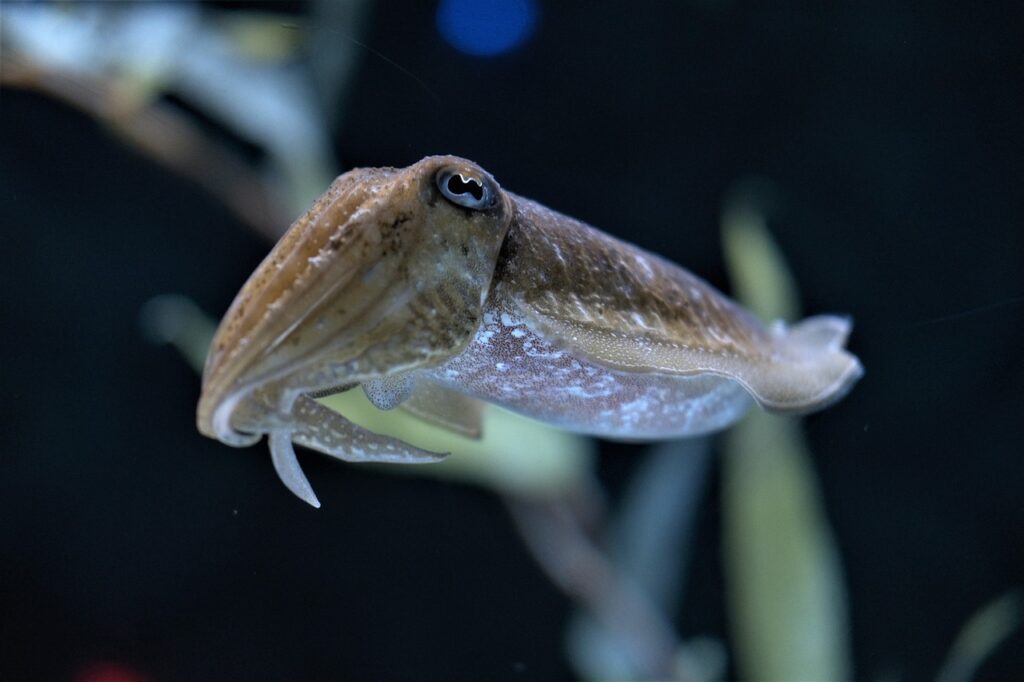
Man is the only creature in the world who uses body language the most. People who are too lazy to speak can do many things in daily life with this language.
However, animals also enjoy conveying messages through this type of body language.
For example, our domestic animals are very knowledgeable in using their body. Our dogs and cats commonly ask us for food by shaking their heads or hands.
In particular, animals that know how to use their front legs as hands are the most likely to use hand-symbolic language.
Chimpanzees prefer to use body language.
Like humans, chimpanzees have a special knack for communicating through facial expressions or body language.
Animals use this body language during social contact, requests, threats, and friendships.
Equally exciting is that some animals also use light emitted from their bodies to organize Communication. Check out some of these examples.
Fireflies are strange creatures that emit light throughout the night. They produce light through a process called bioluminescence.
Fireflies use such displays to communicate, attract mates, and defend their territories.
Each firefly species has its unique glowing style, which serves as a signal to potential mates.
By displaying their glowing lights in many areas, fireflies share their spirit. They can also create beautiful and mesmerizing light shows in the night sky to convey many messages.
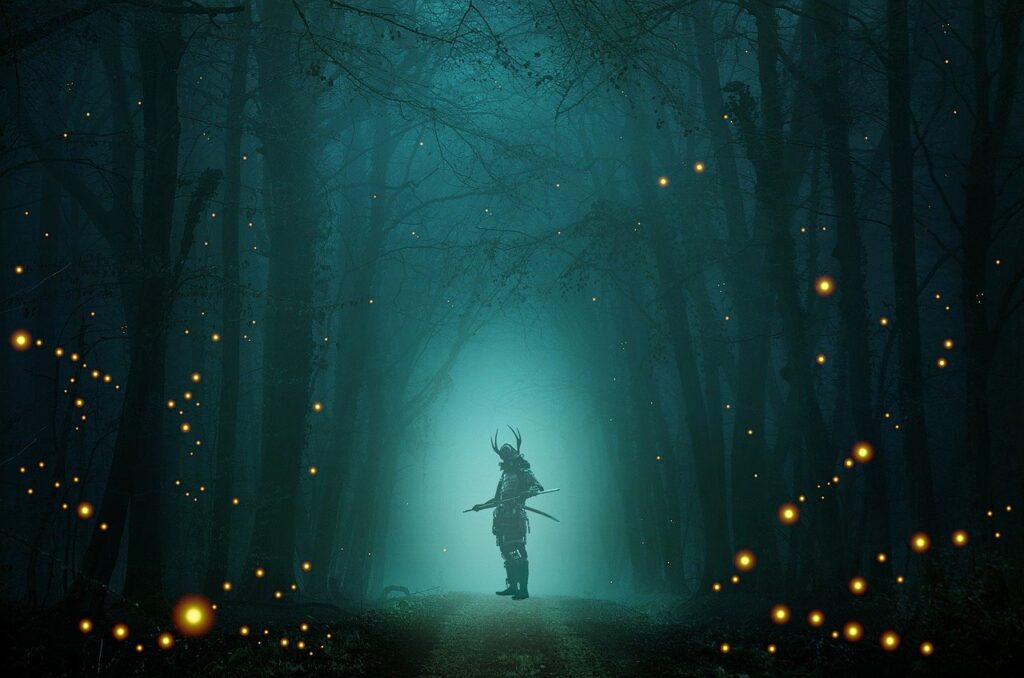
Different animals on this earth use different physical materials to convey their messages. Check out some of these examples.
Penguin birds are not only beautiful, but they also have exciting mysteries.
If you want to know more mysterious facts about penguin birds, then do not forget to read our other research-oriented article. -> 25 Mysteries Of The Amazing Penguin Birds
The penguin bird brings the stone as a gift to the female it likes. Because female penguins of some species often make nests with the help of rocks.
In this way, if the female accepts the pieces of small stones the male brought, he will understand that the female has liked him. But if such a stone is rejected, the male penguin will know that the female wants to make love to another male penguin.
There is an interesting non-verbal message system of animals through the medium of material or Animals’ Communication Beyond Sound.
Pet dogs can bring and give various things to their owners to please them or to show their strength.
Domesticated elephants are more intelligent. If there is a need for any item in their house and they find it outside, they can pick it up and bring it.
In one such house in the Terai of Nepal, an elephant was alone after the death of its owner.
But he did not agree to leave the elephant owner’s house because an older woman lived there. The elephant started taking care of them. He used to pick up rice, packets of pulses, and a jar of oil from a shop for a poor and sick woman.
Similarly, if any bird gets some tasty food, it does not eat it alone; share it with the child and life partner. This fact is also a kind of silent love language.
Thus, showing love, goodwill, support, or strength using materials is a system of non-voice Communication.

Many animals also use a variety of smells to communicate. Here are some exciting examples of animals using smell to communicate.
The skunk is an animal famous for using smell to communicate.
These creatures, found in the American continent, can emit such a strong smell through a gland near the anus that even the human nose can detect this smell from 2.3 kilometers away.
In particular, this scent is a powerful tool skunks use to protect themselves. Because even if an animal like a bear or lion comes nearby, this predatory animal is not able to tolerate that anal spray.
We have seen dogs behave very well among the animals that use smell. Dogs have an extraordinary sense of hearing, which they can also use for Communication.
When a dog goes to an unknown place, it scatters its urine at different locations so it does not lose its way. Apart from this, through smell, they also find out about a new person or environment and how suitable it is or not for them.
Mammals, including elephants, rats, and bees, are also animals that use smell to mark their territory, give warnings, identify paths, and advertise fertility, using odorous chemicals and urine to attract the opposite sex.
Additionally, some species of snakes use or release scent chemicals to locate their estranged friends or to attract them to their dens.
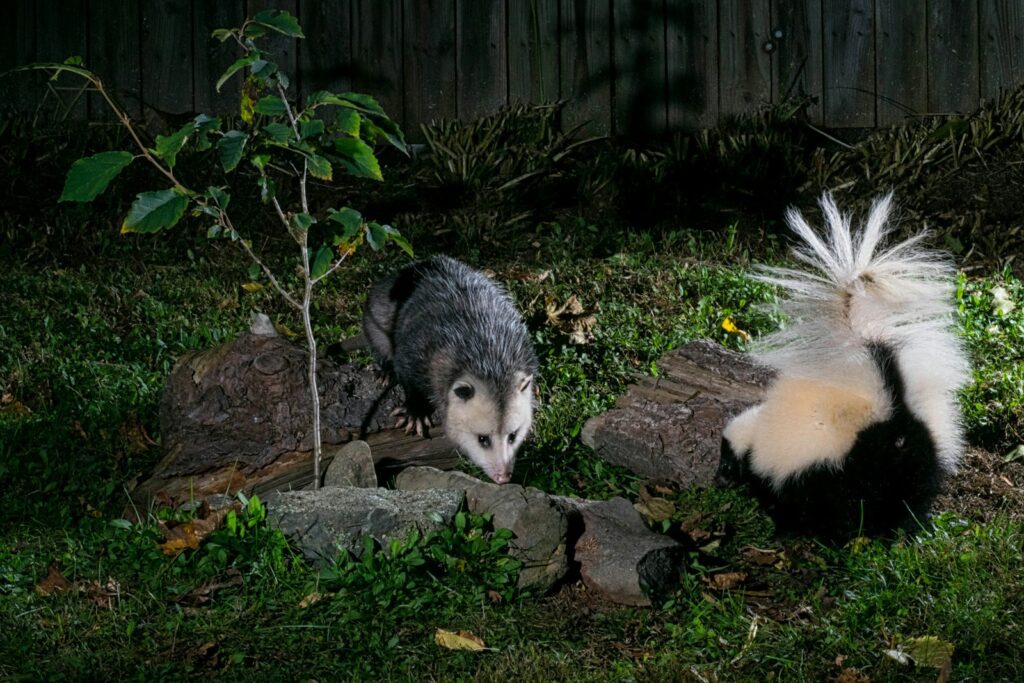
One of the funniest facts about non-verbal Communication is that some animals also use electrical currents to convey their messages. Let us look at some facts about this.
Eel is a type of long fish. A strange kind of electric current is generated in its body. They are also the strangest swimmer in the world.
The current generated in the eel’s body is mainly used for defense. These currents are a means of Communication for the enemy to warn them. But they also use electric fields to communicate with each other!
Many animals also use physical touching or friction as a means of Communication. Let’s discuss this further.
Nuchal Rugging: Elephants use their trunks to rub and stroke each other’s necks as a greeting, social bonding, or appeasement.
You may have seen domesticated cows come near you, showing love, asking for a rub on their body. It is a kind of non-verbal message. There are many examples of animals’ Communication beyond sound.
When domestic animals, cats, and dogs are hungry, they rub people’s legs and beg for food. It is said that pythons feel pleasure when they rub against the human body.

Some animals also use biological light (Bioluminescence) for Communication. Bioluminescence is the light emitted naturally in the body of an animal.
The organisms found in the sea mainly can produce this kind of natural light. Some deep sea creatures use this type of light to attract mates, hunt, or communicate with each other.
Also, people say that some species of snakes show light at night. It is widely believed in India that the head of the cobra snake has hidden Nagmani. It is a rare luminous object that is light and visible at night.
Spider waves are a type of wave that spiders can produce. Spiders not only use their webs to catch prey, but they also vibrate to communicate with potential mates or to warn other spiders of danger. The specific vibration patterns prevalent in spiders can convey different messages.
Many facts related to the ability to communicate in plants are under research. However, some scientific research has discovered that plants can provide voiceless Communication, which is surprising.
According to the researchers, some plants can release chemical signals when necessary. When humans or animals damage them, they produce a chemical that signals danger to other nearby plants.
Nearby neighboring plants can sense these types of chemical messages. It prompts them to produce defensive chemicals to protect them from invaders.
We have also seen that some plants change their form when touched by humans or animals. Like a shy weed. Carnivorous plants, etc.
In this way, there are some facts that plants can also give soundless messages, which many things are in the state of research.

In this series, we have discussed animals’ silent or non-voiced communication methods. But these are only a few examples; scientists have also discovered new ways in which animals communicate with each other.
This earth is a whole of strange and diverse natural mysteries. Therefore, it may take years for human society to know all the secrets.
The strangest truth is that almost two-thirds of all the creatures on the earth have yet to be identified by humans; in this situation, it is natural that it may take more time to understand all the characteristics of their Communication.
If you like this article, Animals’ Communication Beyond Sound, please share it.
Also, we would like to end this article by requesting that you subscribe to our website to stay informed about such enlightening, engaging, and research-based mysteries.
Thank you very much for your valuable time to visit our website.
'KCDD Group' is a group of enthusiastic Nepali youth working in various creative fields. Professionally, we work in multiple fields, such as engineering, teaching, commerce, and arts.
But, whenever we have free time, writing something new and exciting, researching topics based on them, and sharing the unique experiences of our lives on the internet becomes one of our collective tasks.
Based on our experience, expertise, and research, we believe our creations will provide exciting and tangible things.
Enter your email address below and subscribe to our newsletter



